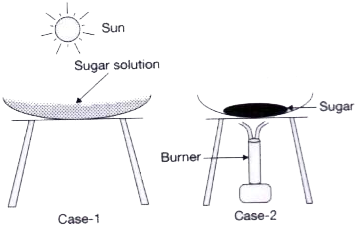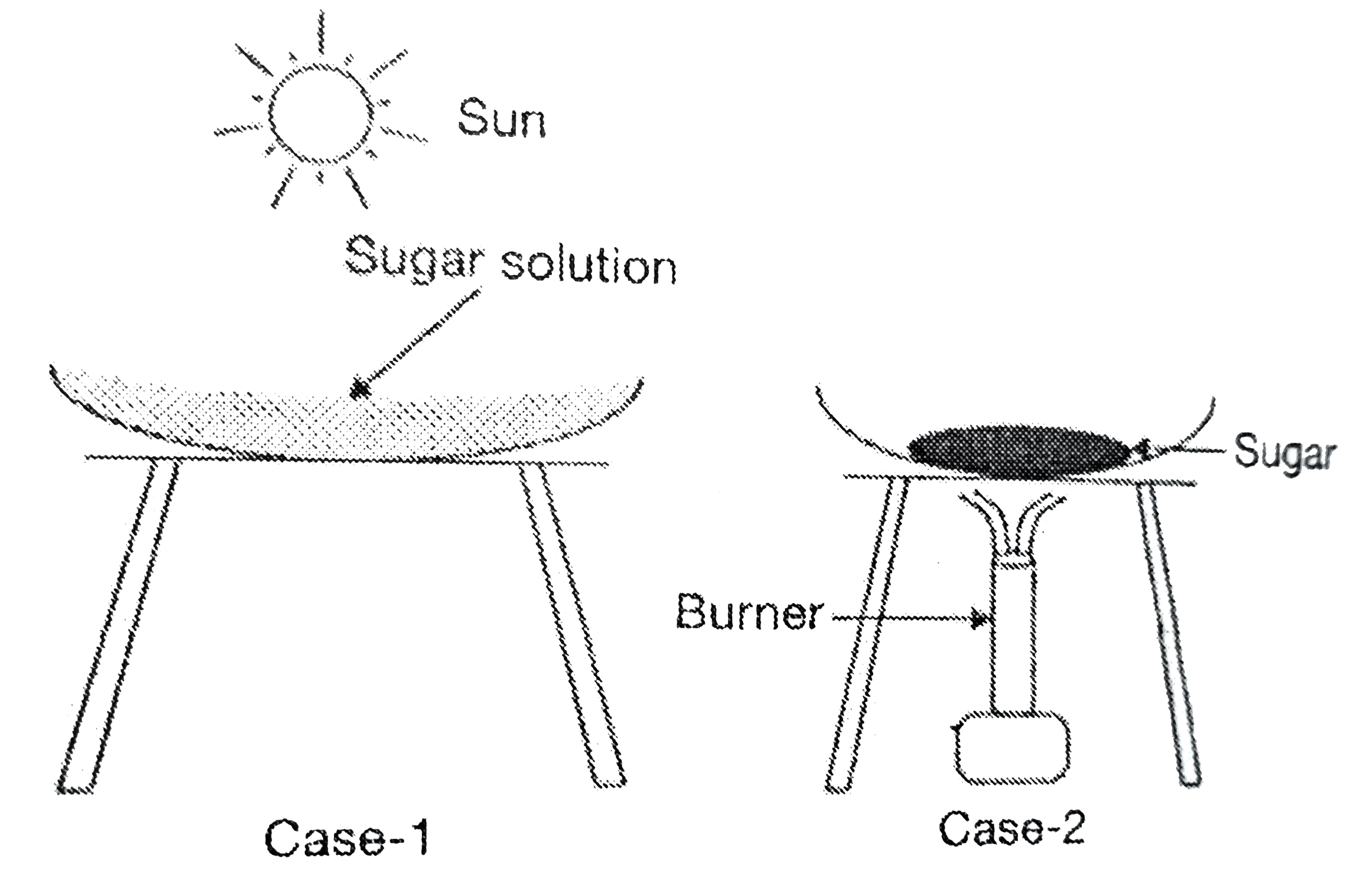Which of the following was not a observation in Hershey and Chase experiments
Bacteria that were infected with viruses that had radioactive DNA wre radioactive
Bacteria that were infected with viruses that had radioactive proteins were radioactive.
DNA was the material that passed from the virus to the bacteria
Proteins did not enter the bacteria from the viruses
The correct Answer is:B
Step-by-Step Solution:
1. Understanding the Hershey and Chase Experiment: The Hershey and Chase experiment was designed to determine whether DNA or protein was the genetic material in bacteriophages (viruses that infect bacteria). They used radioactive isotopes to label DNA and proteins in the bacteriophages.
2. Radioactive Labeling: In their experiment, they labeled the DNA with radioactive phosphorus (32P) and the protein with radioactive sulfur (35S). This was done because phosphorus is found in DNA but not in proteins, while sulfur is found in proteins but not in DNA.
3. Infection of Bacteria: The labeled bacteriophages were then used to infect E. coli bacteria. After the infection, they used centrifugation to separate the components of the mixture. The heavier components (the infected bacteria) settled at the bottom (pellet), while the lighter components (remaining viral protein) stayed in the liquid above (supernatant).
4. Observations Made:
- They observed that the bacteria that were infected with the bacteriophages containing radioactive phosphorus (DNA) became radioactive, indicating that DNA had entered the bacteria.
- Conversely, the bacteria infected with bacteriophages containing radioactive sulfur (protein) did not become radioactive, indicating that the protein did not enter the bacteria.
5. Identifying Incorrect Observation:
- The question asks for the observation that was not made in the Hershey and Chase experiment. The correct observation was that proteins did not enter the bacteria, which means that the statement "bacteria that were infected with viruses that had radioactive protein were radioactive" is incorrect. This was not an observation from the experiment.
6. Conclusion: Thus, the observation that was not made in the Hershey and Chase experiments is that bacteria infected with viruses that had radioactive protein became radioactive.
Final Answer: The observation that was not made in the Hershey and Chase experiments is: "Bacteria that were infected with viruses that had radioactive protein were radioactive."
---
- They observed that the bacteria that were infected with the bacteriophages containing radioactive phosphorus (DNA) became radioactive, indicating that DNA had entered the bacteria.
- Conversely, the bacteria infected with bacteriophages containing radioactive sulfur (protein) did not become radioactive, indicating that the protein did not enter the bacteria.
- The question asks for the observation that was not made in the Hershey and Chase experiment. The correct observation was that proteins did not enter the bacteria, which means that the statement "bacteria that were infected with viruses that had radioactive protein were radioactive" is incorrect. This was not an observation from the experiment.
Similar Questions
Knowledge Check
Which of the following isotopes were used in the Hershey-Chase experiments ?
A.32S,.30PB.31S,.29PC.35S,.32PD.34S,.33PWhich of the following statements about Hershey and chase experiment are correct ?
I. Sulphur is present in proteins but not in DNA.
II. Phosphorus is present in DNA but not in protein.
III. 32P will end up in the supernatant after centrifugation.
IV. Progeny generation of T2-bacteriophage contain 35S.AI and IIBII and IIICIV and VDI,II and IVWhich of the following statements are false regarding 'Hershey and Chase' experiment, proving DNA is genetic material ?
(i) They made use of rats.
(ii) Radioactivity was seen in supernatant for the medium that was infected by phase radiolabeled with .32P.
(iii) Used radioisotope to label sulphur with .35S in sulphur- containing amino acids.
(iv) Radioactive phages were allowed to attach to E. coli bacteria.A(ii) and (iii) onlyB(iii) and (iv)C(ii) , (iii) and (iv) onlyD(i) and (ii)

Analyse the observation of the above experiments.
View SolutionWhich fact is proved by the following observation in Rutherford's scattering experiment' very few alpha particles are deflected back'?
View SolutionDescribe Hershey-Chase experiment in detail.
View SolutionWhich is incorrect about Hershey and Chase experiment ?
View SolutionWhich of the following was used by Hershey and Chase to prove that DNA is the chemical basis of heredity
View Solution


